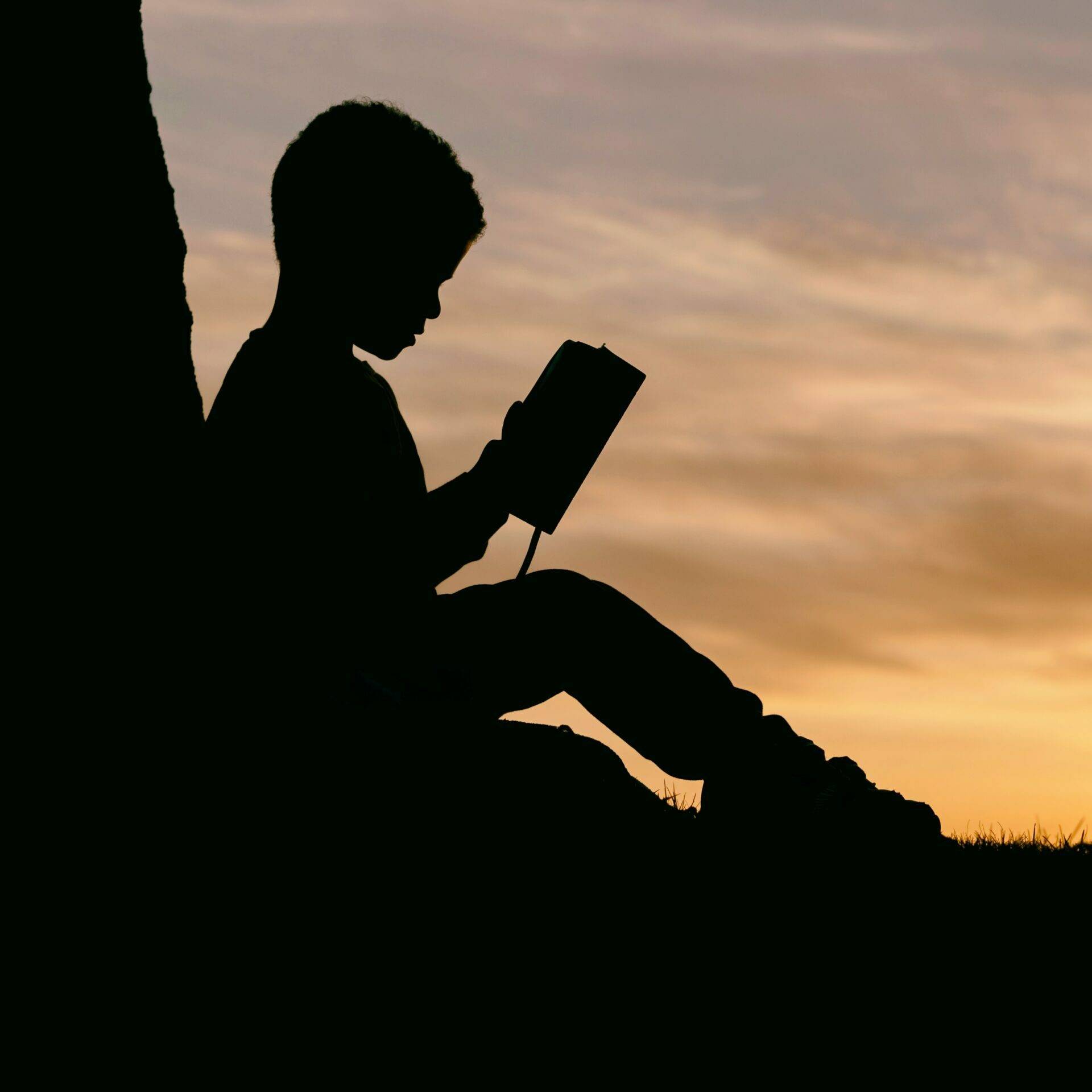The educational landscape is ever-changing, with Montessori schools experiencing a dynamic journey of rising popularity and recent challenges. Originating from early 20th-century philosophies, Montessori education once captured widespread enthusiasm, transforming not only classrooms but also family lifestyles. However, economic fluctuations, evolving policies on school choice, and the ambiguity surrounding the Montessori label have complicated its status in the current educational environment. Exploring this phenomenon reveals critical insights into how innovation, accessibility, and educational priorities shape the future of learning environments.
The cyclical nature of Montessori popularity and its educational significance
Montessori education has fascinated generations by championing child autonomy and sensory-based learning, ideas first developed by Maria Montessori over a century ago. Its traction follows social and economic waves, surging during prosperous times and retreating amidst recessions. This pattern was evident in the mid-2010s, when Montessori approaches and branded tools permeated family and education markets at an unprecedented scale.
- Economic trends: Interest rises parallel to economic growth and wanes during downturns.
- Cultural rediscovery: Each generation reinterprets Montessori principles, tailoring them to contemporary values.
- Adaptation and expansion: Shifts toward public charter schools, like Magnolia Montessori for All in Austin, reflect efforts to broaden access.
Understanding these cycles is essential as schools such as Bright Horizons and Primrose Schools incorporate Montessori-inspired methods within diverse educational models.
Montessori’s evolving role in contemporary education systems
As Montessori education extends from private preschools to compete in the public K-12 arena, including institutions like Learning Tree Montessori and Everbrook Academy, it faces new challenges. The rise of charter schools fueled a surge in demand; however, recent political debates on school vouchers and funding create an uncertain environment.
- Diverse implementation: Montessori-inspired programs vary widely, complicating quality assurance.
- Market competition: Montessori elementary and middle schools increasingly vie with traditional public schools.
- Chain volatility: Notably, Guidepost Montessori’s rapid closures highlight operational and financial stresses.
This changing landscape highlights the importance of rigorous educational standards and institutional support to preserve Montessori integrity while expanding access.
Impact of trademark ambiguity and varying program quality on Montessori’s future
One of the complexities influencing Montessori adoption lies in its non-trademarked status. Any program can claim the Montessori label or be described as “Montessori-inspired,” much like the term “eco-friendly” in consumer products. This lack of definitive standards can confuse parents and educators alike.
- Inconsistent practices: Programs may incorporate only certain Montessori elements while diverging significantly from core principles.
- Parental confusion: Families often struggle to discern authentic Montessori approaches from loosely affiliated ones.
- Accreditation disparities: While organizations offer certification, participation is voluntary and not universally enforced.
These factors challenge schools like Academy of Thought and Khan Academy, which champion clear educational philosophies, to find balance in communicating values and quality assurance in an increasingly diverse marketplace.
Strategies for safeguarding Montessori quality and reputation
Addressing inconsistencies requires concerted efforts:
- Establish clear benchmarks: Promoting widespread adherence to core Montessori principles.
- Improve accreditation processes: Enhancing transparency and encouraging parental education on program distinctions.
- Community engagement: Leveraging networks of educators and parents to share best practices and resources.
Adoption of these strategies can help Montessori schools adapt to modern educational frameworks without compromising authenticity.
Economic and policy factors shaping Montessori’s place in 2025 and beyond
Today, Montessori programs confront economic pressures exacerbated by global financial shifts and ongoing policy debates. The rising prevalence of state-funded early childhood programs, which often require standardized certifications, contrasts with Montessori’s traditional autonomous governance structure.
- Funding complexities: Private Montessori schools and those run by educational management companies like Higher Ground Education face financial uncertainties.
- Policy hurdles: Voucher programs and public charter school dynamics challenge Montessori expansion.
- Access imbalances: Geographic and economic factors influence families’ ability to select Montessori programs over alternatives.
Institutions like Goyt School and The Learning Experience highlight the need for adaptable school models that respect Montessori methodology while aligning with evolving regulatory contexts.
Opportunities for innovation and collaboration in Montessori education
Despite challenges, several trends offer optimism:
- Integration with technology: Collaborations with platforms akin to Khan Academy can enrich Montessori learning experiences digitally.
- Hybrid learning models: Combining Montessori philosophies with progressive curricula to appeal to diverse learners.
- Community-centered initiatives: Strengthening partnerships between public schools and private Montessori providers to increase accessibility.
These developments emphasize Montessori’s potential role as a versatile and inclusive education philosophy in the future.


